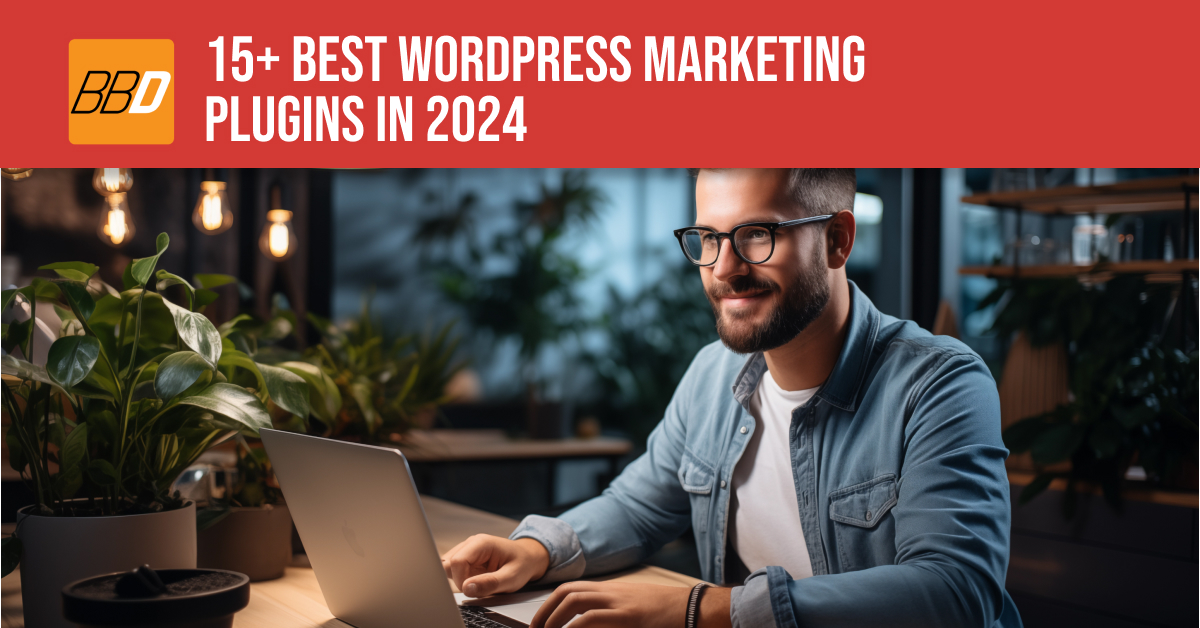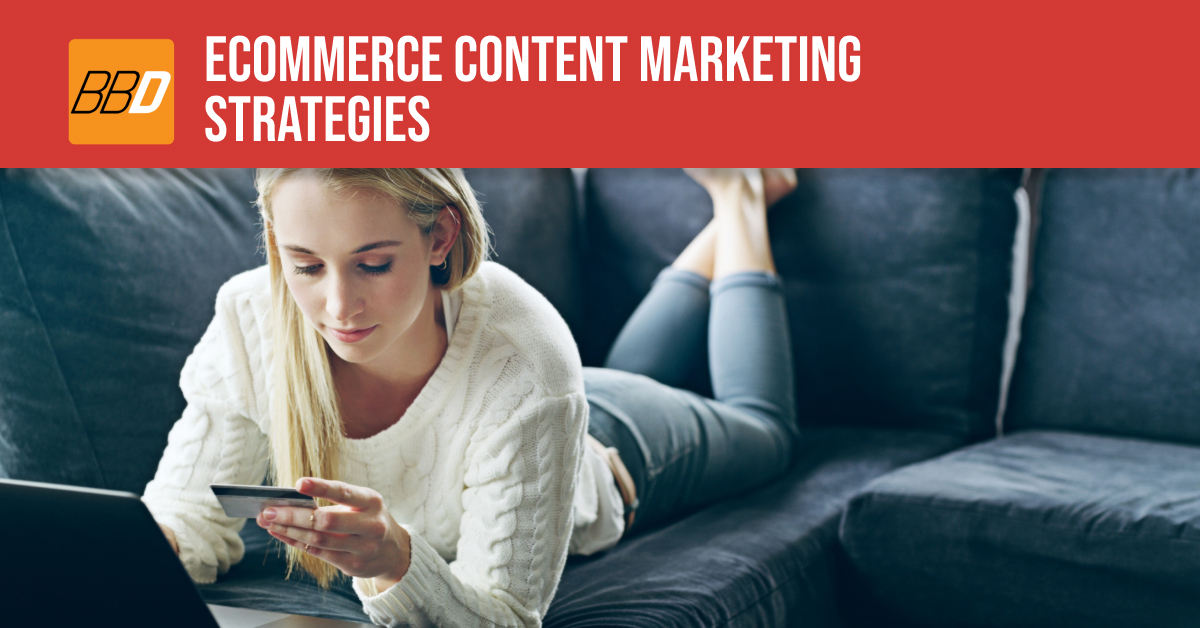Your clients and readers deserve to know you and your business. Writing kick-ass content when paired with a good content strategy allows you to quickly capture customer’s attention and help them understand why they should work with you and not someone else. Your content draws them back to your website time and time again, so you get the repeat business you want.
The wrong kind of writing on your sales copy or blog posts can disconnect you from your potential clients or even turn them off to hiring you or buying from you. So, how can you, the business owner, write content that achieves your business goals?
Write Kick-Ass Content for Your Clients

Knowing you need kick-ass content and putting that type of content together are two different things. Low quality content can actually hurt your brand and your search engine optimization, so you won’t get the kind of interaction you’re looking for from your audience. To avoid that, here are a few things that you can do to find that sweet spot, while making your piece of content stand out from the rest.
Write for Your Audience
The first thing you need to do is to sit down and think about who you’re really writing for. Who is your brand’s audience? Take a look at what you’ve written for your website and think about if it would appeal to someone who didn’t know anything about you. Would it tell them all they need to know about your business or services? Does it inspire them or make them want to learn more?
Then, think about the format of that content. Is it one giant block of text that requires focus and patience to read through? Is it split down into easy-to-read chunks of text with charming imagery to match? The formatting can make a big difference for someone who only has a few seconds to skim what you have to say. Make sure it says all you need it to right away. Make sure your audience knows why to care about what you have to say from the start.
Scanability Matters

When you go to a website, do you sit down with a coffee in hand and plan an afternoon to read every piece of content to find the answers you’re looking for? No.
Think about the websites you enjoy. Most will have easy-to-read, scannable sections. You’ll see excellent use of headers and subheadings. Visual markers make it easy for users to jump to the sections they actually want to read.
In an ideal world, a user will be able to scan your page from top to bottom quickly and know what they’re going to find on that page. They should be able to summarize the content by scanning the headers alone. Then, they can decide if they have time to go back and read more.
Write First, Design Later
Many business owners think that they should have a well-designed website before they write their content, but it’s actually the other way around. Write your content before you have someone design your site.
Why do this? Your website template needs to be designed to fit what you have to say, not the other way around. Give your designer your content, and they’ll figure out how to make it fit and look good on the screen, too.
Forget About Google Algorithms
Well, don’t really forget about them completely, but stop trying to write to meet SEO requirements of the past. Google is incredibly intelligent technology that can, and will, find your content if it is of good quality. Keyword stuffing your work can result in penalties that push your page further down in search engines.
Avoid this by writing whatever you want your visitors to know. You may want to hit on a keyword or two organically, but you don’t have to write specifically for Google. After all, Google isn’t your audience.
Stop Talking About Yourself

Well, at the very least, stop using “I” and “we” so much. If you really want to appeal to your audience, use second person. Talk to your audience. Use “you” often.
For example, you might write, “We are an industry leader in the field of entertainment with 20 years of experience,” or you could switch it to, “You’ll work with leaders in the entertainment industry when you call us. You’ll benefit from our team’s 20 years of experience…”
With the second example, you’re talking to your audience about how they’ll benefit from working with you instead of simply telling them about you.
Stop Trying to Break the Mold
Finally, stop trying to break the mold. Be basic. It’s what works.
People read quickly and want to figure out what you mean as soon as they can. Writing in code or trying to use unusual verbiage to stand out will only hurt you in the end. Instead, write in plain English and make it easier for your audience to connect with you. Simplicity is the key.
Here’s an example. You could write, “Our exquisite tasting room has decades of the quality wines our connoisseurs love.” You could also simply write, “In our tasting room, you have access to high-quality wines appreciated by the experts.” It’s much simpler to understand the second sentence, and it, again, explains the benefit to your reader.
Writing content for your website is a key to your business’s success. It’s tough, but you are in luck. If you are still looking for a writer who is the perfect fit to guide you with your business, Beau Brewer Digital can pair your business directly with a writer who specializes in your industry.







